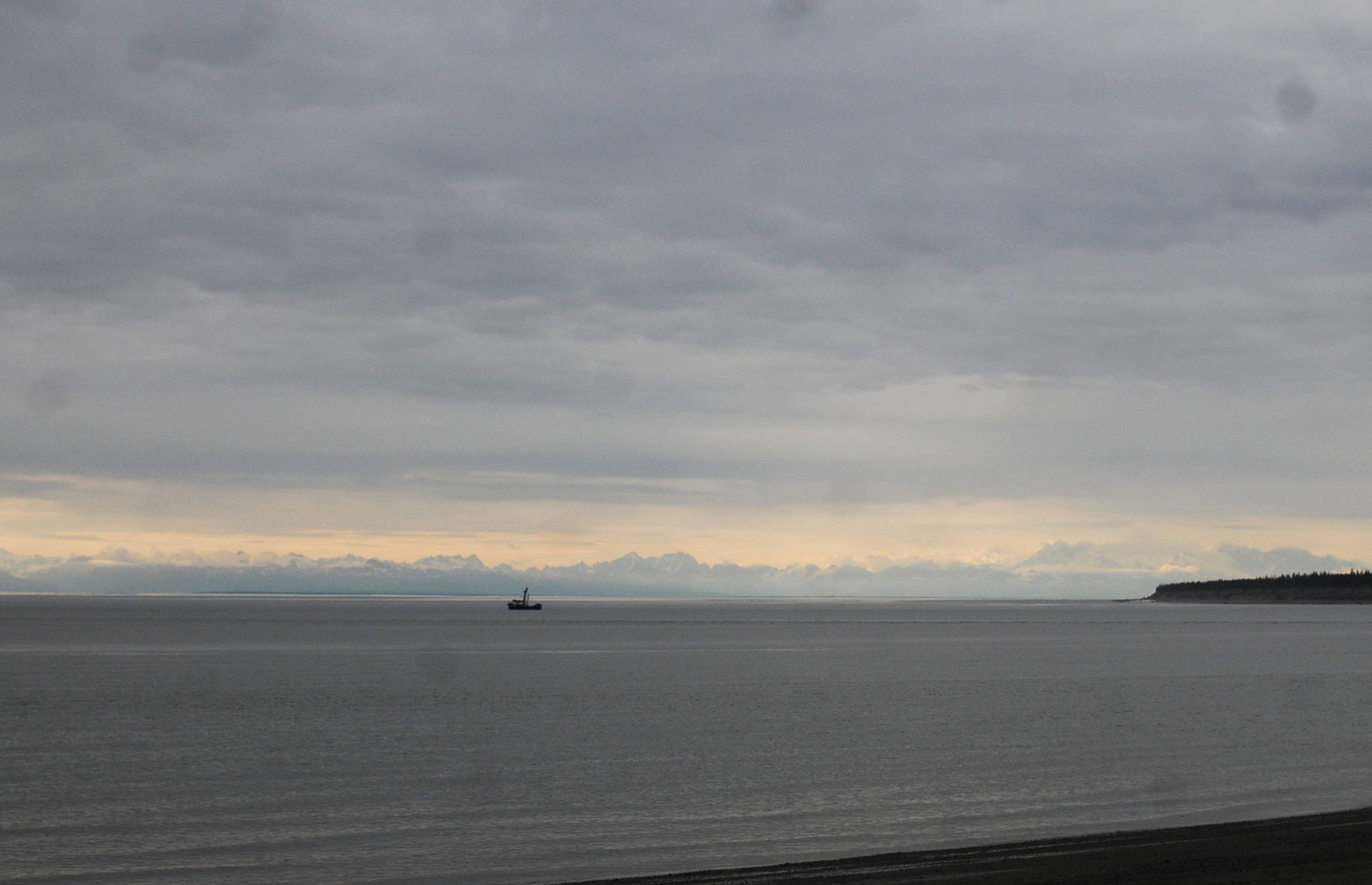Commercial fishermen around the Gulf of Alaska are seeing weaker sockeye salmon runs, but Cook Inlet salmon fishermen at least are seeing more chum salmon than usual.
Drift gillnet fishermen in Upper Cook Inlet are reporting larger and more populous chum salmon showing up in their nets so far this season, even as sockeye salmon fishing remains relatively slow. The fishermen are seeing more chums than usual for the area, said Brian Marston, the area management biologist for the Alaska Department of Fish and Game in Soldotna.
As of July 9, commercial fishermen in Upper Cook Inlet had landed 55,959 chum salmon, with 55,910 of them coming in from the Central District drift fleet. That’s more even than last year, when fishermen had caught 50,786 chums as of July 12.
Chum aren’t typically a major commercial species in Upper Cook Inlet, either by number or by exvessel value. The average price for chum salmon — which can typically weigh anywhere from 10–12 pounds full-grown — in Cook Inlet in 2017 was 63 cents per pound, compared with $1.06 per pound for coho and $1.84 per pound for sockeye. Commercial drift fishermen in Upper Cook Inlet largely depend on sockeye and coho catches.
Chum salmon harvest statewide is about 25 percent behind last year’s, according to a harvest update through July 10 from the Alaska Seafood Marketing Institute and the McDowell Group. It’s particularly slow in Southeast, where commercial fishermen typically harvest mostly pinks and chums.
“Mainly due to slow pink and (chum) production, the overall (year to date) harvest of Alaska salmon is about a third lower than 2017 and about 40 percent below the adjusted 5-year average,” the summary states.
Sockeye harvest numbers are behind last year’s, though. As of July 9, commercial fishermen had landed 307,086 sockeye, a little more than half of the 587,452 that had been harvested on July 12 in 2017. Sonar estimates for sockeye on the Kenai River are significantly behind last year’s — as of Wednesday, 51,308 sockeye had passed the sonar on the Kenai River, compared with 104,147 on the same date in 2017. The Kasilof River sonar estimates are not far behind where they were in 2017, with 95,661 sockeye past the sonar as of Wednesday compared with 114,762 on the same date in 2017, according to Fish and Game.
As of July 9, commercial fishermen had harvested 1,816 king salmon, according to Fish and Game.
Commercial fishermen were fishing Thursday from 7 a.m.–7 p.m. Sportfishermen again objected to the opening, citing concerns about poor king and sockeye salmon returns to the Kenai River. The Kenai River Professional Guide Association’s board members wrote in a public letter that they had met with the sport fishery manager July 9 and agreed that the bait restriction in the river is reasonable based on the numbers of kings coming back “in hope the Department’s commercial management would use some common sense and not issue another ‘emergency order’ unless significant numbers of sockeye enter the river.” The board called for the public to “speak up” against the management of the fishery.
Reach Elizabeth Earl at eearl@peninsulaclarion.com.

